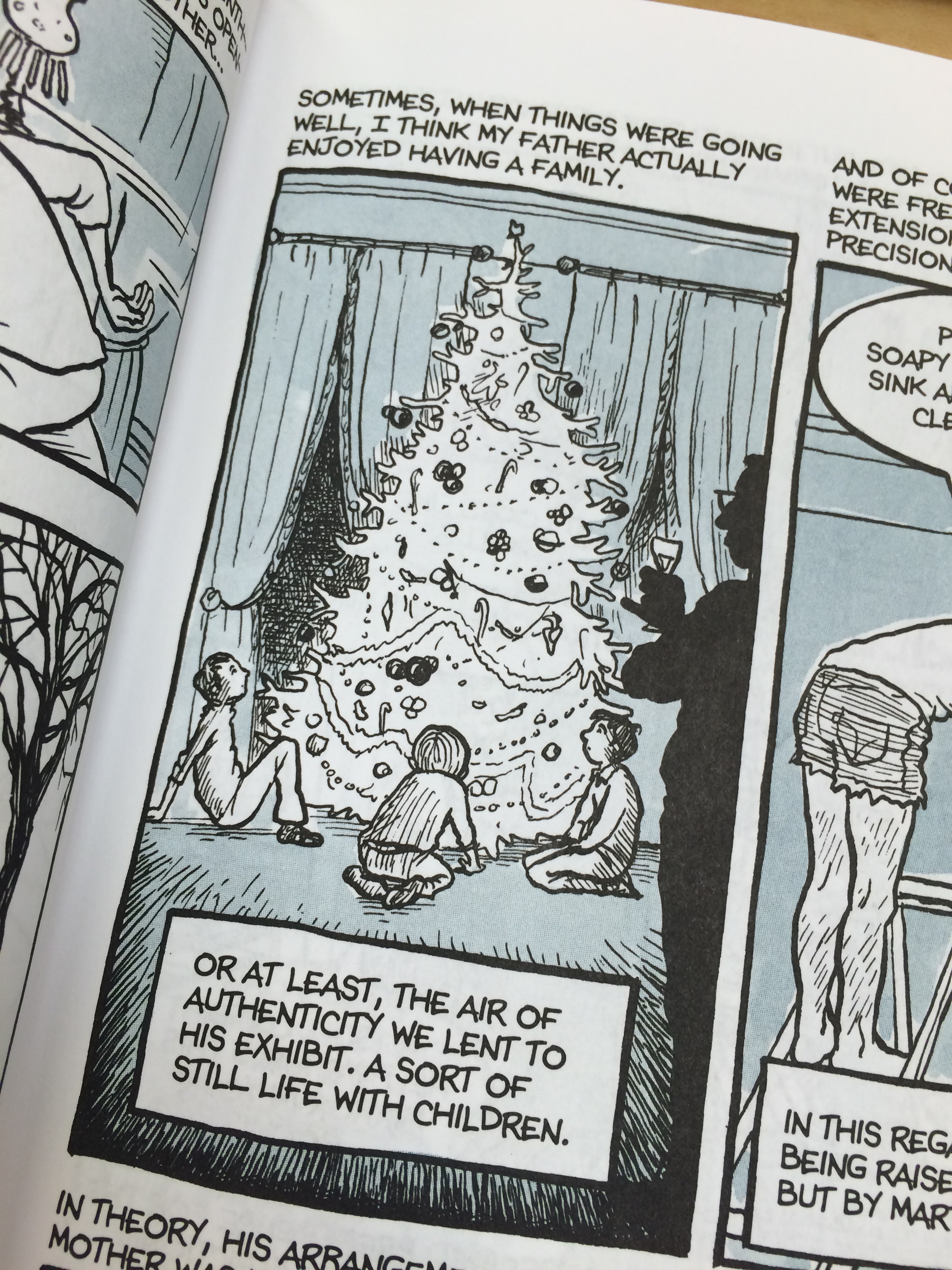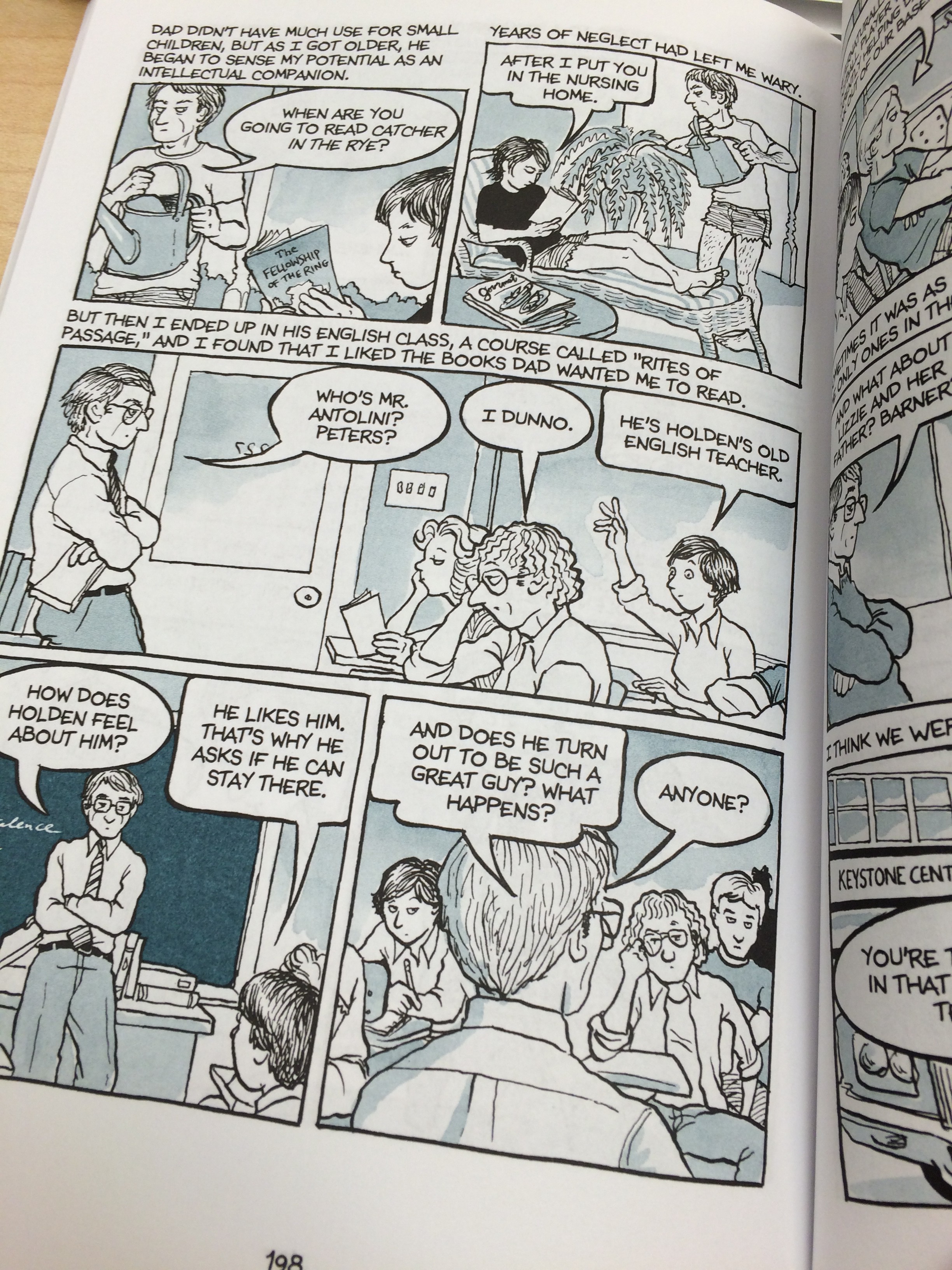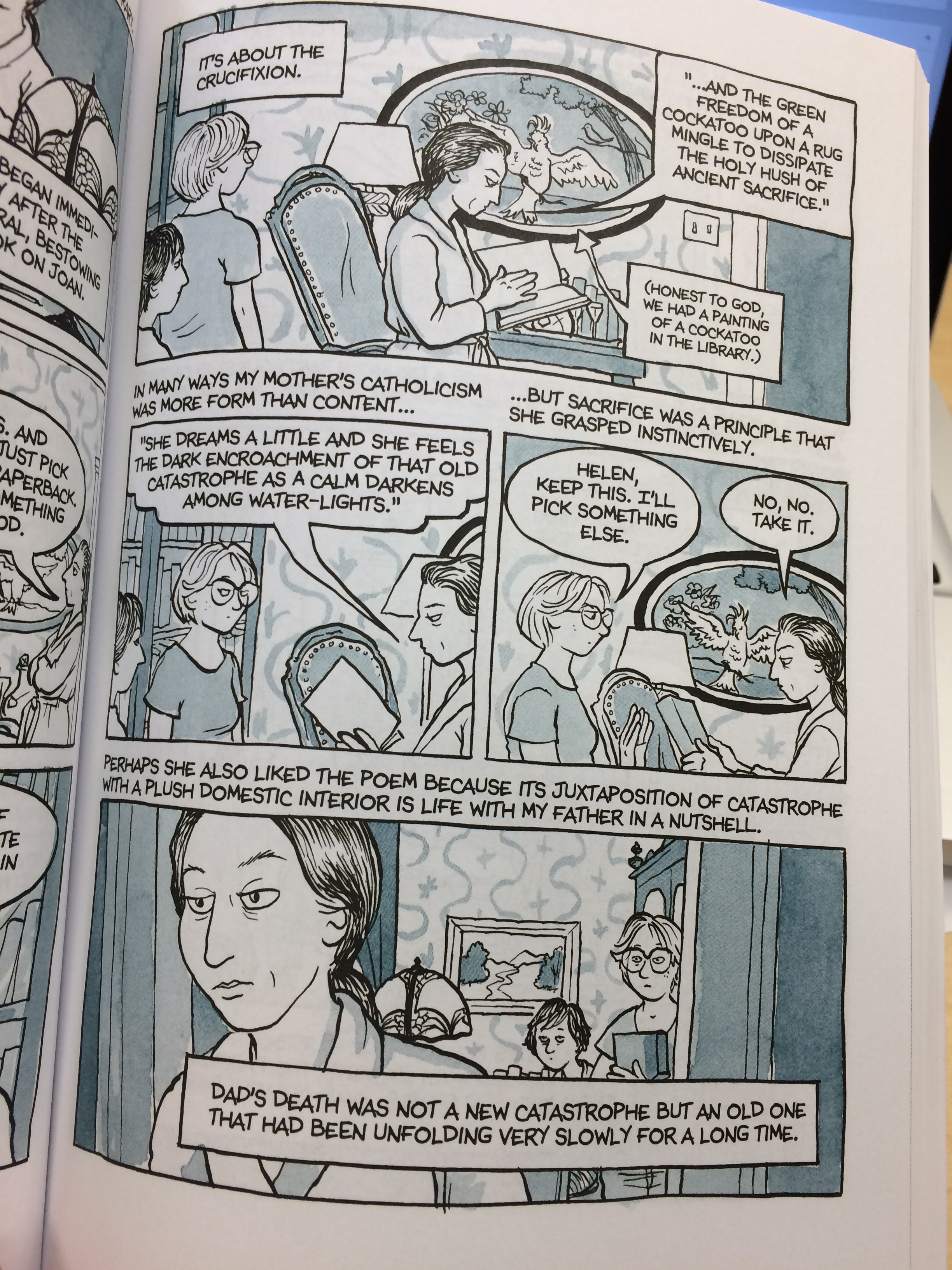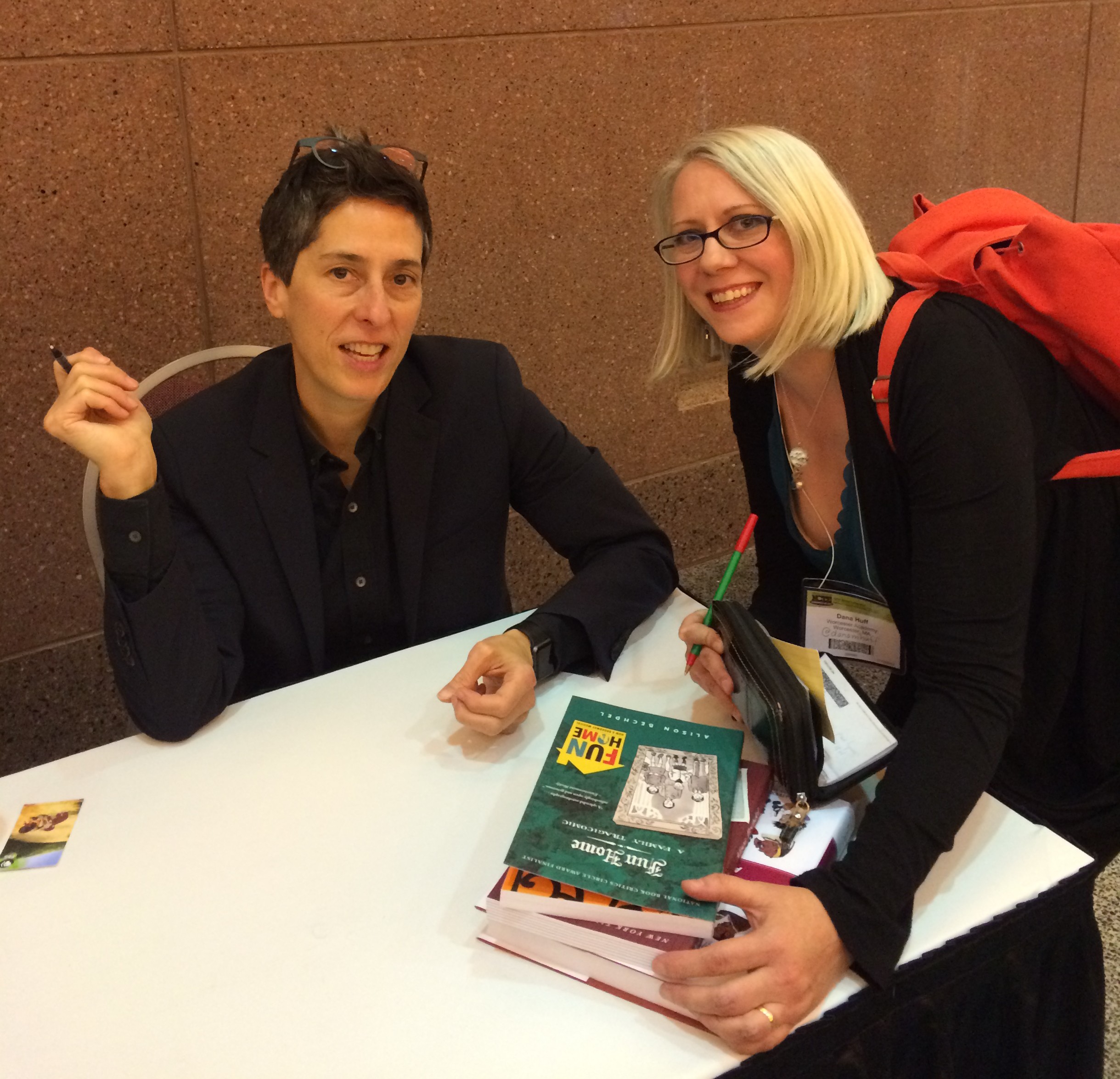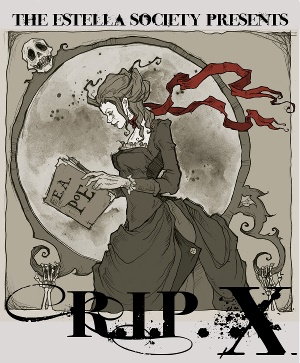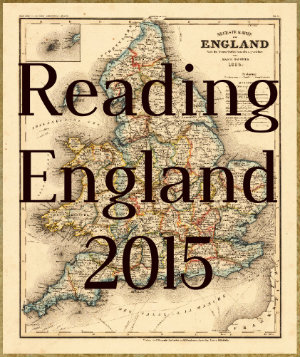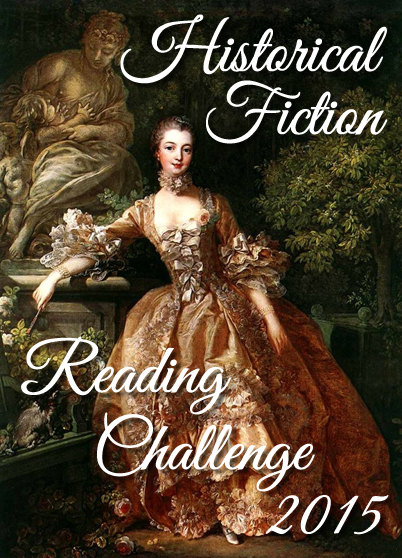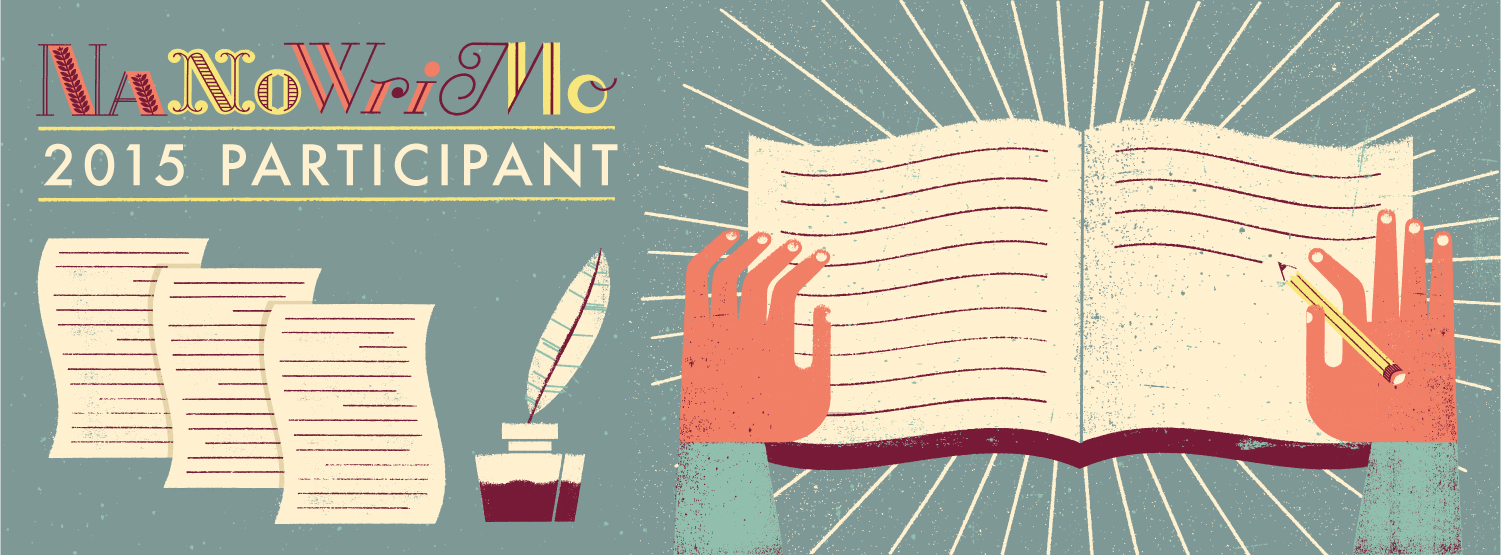

It is upon this point that The Meursault Investigation turns. The narrator of The Meursault Investigation is Harun, the brother of the Arab Meursault killed—and he had a name: Musa. Harun is haunted by his brother’s death and by the murderer who wrote about it and neglected even to name his brother, stripping him of an identity, of personhood, of meaning. Both Harun and his mother piece together the details of Musa’s murder, but neither is able to find peace in the wake of his loss, and even revenge doesn’t bring Harun the solace he seeks.
I’m really glad I waited so long to read The Stranger so that I could read The Meursault Investigation right after. In the future, I imagine that these two books will be read together, companion pieces. The interesting thing that Daoud does with the story (which is something I think Camus misses) is make it about colonialism. Camus doesn’t name the Arab because it’s not important to his story. The murder is just what lands Meursault in prison. No one much cares about it. The problem with this attitude is that the Arab’s life did matter. Daoud gives the man a name and a family—identity, personhood, meaning. The Meursault Investigation explores the effects of colonialism on Algeria and makes Meursault, like so many of his countrymen, complicit in the “murder” of the country’s identity.
Of the two, I definitely enjoyed The Meursault Investigation more. I understand I’m supposed to find Meursault profound, but mainly I just found him very frightening and extremely difficult to relate to. Someone who is so unable to feel anything is truly in a horrible place. Harun, by contrast, not only tries to understand and make meaning of his brother’s death, but he even tries to understand his brother’s murderer as well as those readers who have found meaning in The Stranger. And unlike Meursault, he has been able to understand love and longing and a life truly given up for the sake another. I want to thank Carol Jago, English teacher extraordinaire and reading muse, for recommending this one.
The Stranger Rating: 




The Meursault Investigation Rating: 




P. S. These last two books make 52 books for the year for me, which was the reading goal I set. WHOOP!


